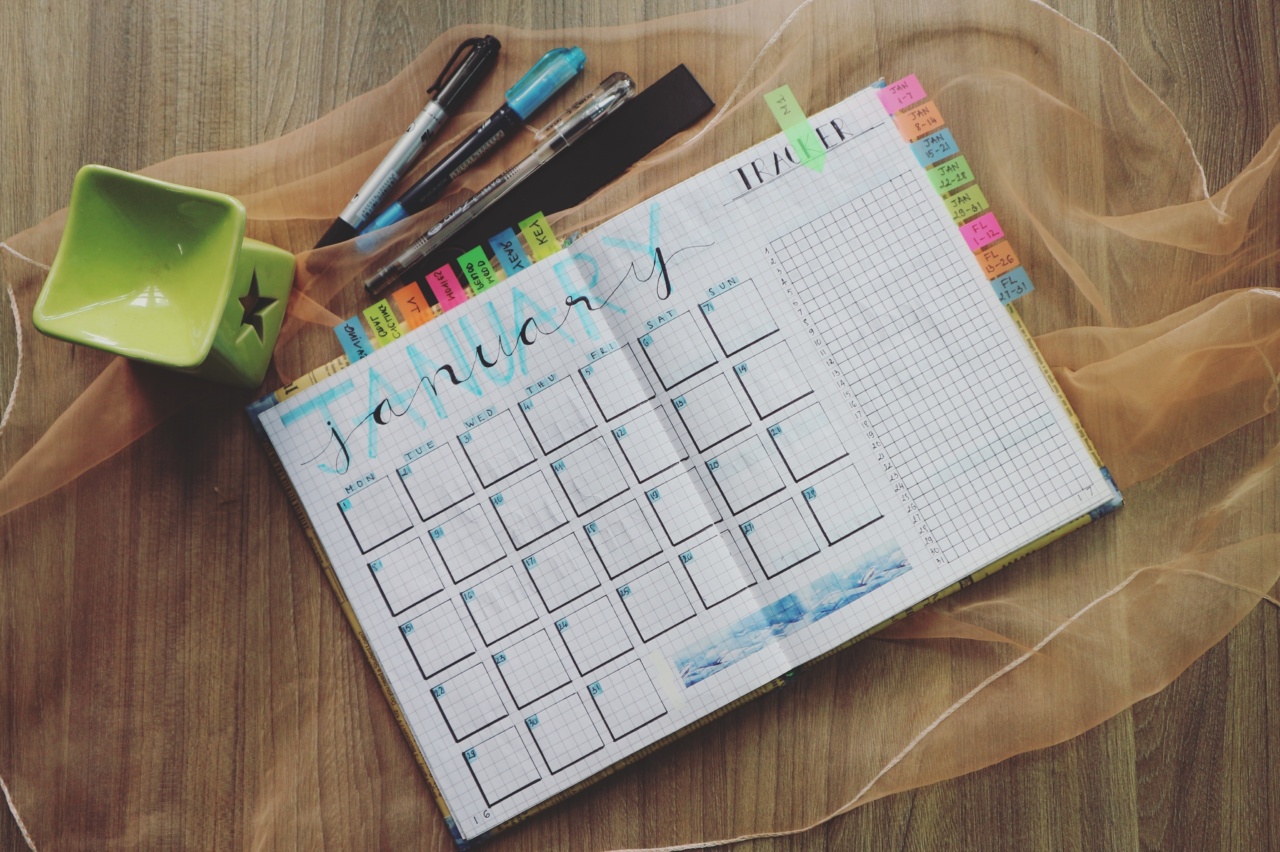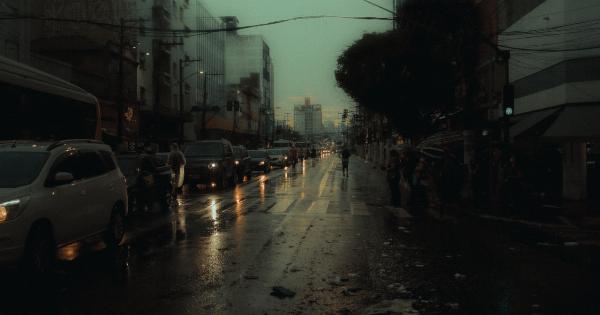January is often viewed as a fresh start for many people. The start of a new year, a chance to set resolutions and goals, and a time to reflect on the previous year. However, for many, January is a month that they dread.
It’s cold, dark, and seems to drag on forever. In this article, we’ll look at some of the reasons why January is considered the most miserable month.
The End of the Festive Season
One of the main reasons people find January miserable is because it marks the end of the festive season. The lights come down, decorations are put away, and the excitement of Christmas fades away.
For many, the festive season is the highlight of the year, and the thought of returning to reality after weeks of fun and festivities can be overwhelming.
The Weather
January tends to have some of the most dismal weather of the year. Long nights, cold temperatures, rain, snow, and dark days can make people feel down and unmotivated.
This is particularly true for those who suffer from Seasonal Affective Disorder (SAD), a type of depression that occurs during the winter months when there is less sunlight.
Post-Holiday Blues
January is the time when people return to work after the holidays, which can be a jarring experience. The lazy mornings in bed, time spent with family and friends, and the excitement of the festive season can be difficult to let go of.
Studies have shown that January is the most depressing month of the year, largely because people struggle to get back into their daily routine.
Financial Woes
The festive season can be an expensive time of the year, and January is the month when those bills start to arrive. People often overspend during the festive season and can find themselves in financial difficulty come January.
This can lead to anxiety, stress, and worry, making January a difficult month for many.
Pressure to Set Resolutions
January is also the time when people set resolutions for the new year. However, the pressure to set these goals can be overwhelming, leading to stress and anxiety.
It’s also common for people to set unrealistic goals, which can lead to disappointment and feelings of failure.
Back-to-School Blues
For those in education, January marks the start of a new semester or term. This can be a difficult time, particularly for students who struggle with school or university.
After weeks of holiday freedom, being thrust back into a routine can be overwhelming, leading to feelings of anxiety and depression.
Winter Illnesses
Winter is the time of year when illnesses such as colds and flu are most prevalent. This can add to the misery of January, particularly for those who are sick and unable to leave the house.
Being stuck indoors, feeling unwell, can lead to feelings of isolation and loneliness.
Lack of Sunlight
In the northern hemisphere, January is the month with the least amount of sunlight. This lack of sunlight can lead to a vitamin D deficiency, which can cause fatigue, muscle weakness, and low mood.
It’s also believed that a lack of sunlight can disrupt our sleep patterns, leading to further feelings of fatigue and depression.
Stressful Workload
For many businesses, January is a busy time of the year. Financial year ends, January sales, and preparing for the year ahead can lead to a stressful workload for many employees.
This can lead to feelings of overwhelm and burnout, making January a difficult month to get through.
Feeling Trapped
Finally, January can feel like a trapped month. The weather can make it difficult to leave the house and do things, whilst financial worries and other anxieties can make people feel like they are stuck in a rut.
This feeling of being trapped and unmotivated can lead to feelings of depression and a general sense of misery.





























